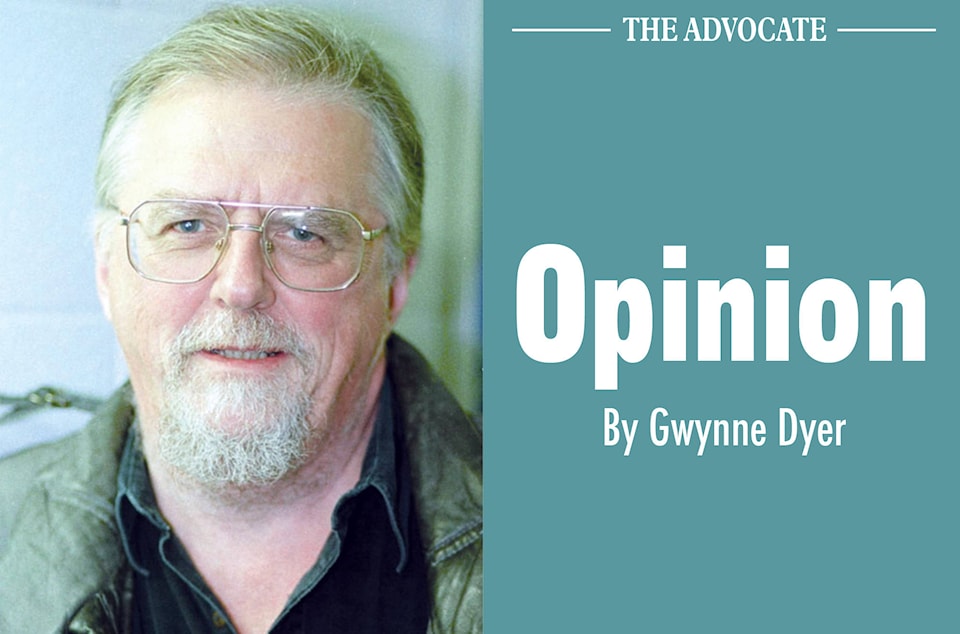It was completely predictable that U.S. President Donald Trump would try to blame China for the fact that at least 30 million Americans are unemployed and that 70,000 Americans have already died of COVID-19.
His polling numbers are down and the election is only seven months away. What else was he going to do? Blame himself?
That’s why we’re now getting the good old blame China defence, fresh from the late 19th century.
As a memo sent out by the National Republican Senatorial Committee to Republican candidates put it: “Don’t defend Trump, other than the China Travel Ban – attack China.”
The coronavirus now spreading death across the world certainly originated in China. The Chinese government itself said so, before it started prevaricating after Trump began using China as a scapegoat.
There was at least a week’s delay in late December when officials in Wuhan didn’t report the outbreak to Beijing, fearing they would be blamed for alarmism, or simply for letting it happen.
That’s when Dr. Li Wenliang wrote in a private WeChat group: “7 confirmed cases of SARS were reported (to hospital) from Huanan Seafood Market.”
It wasn’t really Severe Acute Respiratory Syndrome. It was a new coronavirus closely related to SARS, which had caused a much smaller but lethal epidemic in 2002.
But Wuhan officials didn’t want to believe it, and on Jan. 3, Li got a warning from the local police to stop “making false comments on the internet.”
Six days later, the first person in Wuhan died of what we now call COVID-19.
On the same day, the World Health Organization (which Trump now vilifies as “China’s public relations agency”) announced that China had reported the emergence of a new coronavirus like those that caused the SARS and MERS epidemics.
So there was at least a week when Chinese officials at the local or national level had the information and hesitated to publish it, partly because they weren’t sure yet themselves.
But only two days later, Chinese scientists published the full genetic sequence of COVID-19 so that researchers everywhere could start working on potential treatments and vaccines.
Other East Asian countries that had experience of SARS understood the seriousness of the WHO warning and promptly began diligent testing, tracing and isolation of infected persons.
As a result, they never had to go into lockdown. South Korea has had 250 deaths; Taiwan had six. China did a partial lockdown, but is now up and running again.
But then the real delay happened, and it had nothing to do with when China reported the disease. The point is that western countries did nothing serious about the pandemic for an astonishing two month after that.
Trump boasts that he banned travel from China to the United States early, but in fact, the United States was the 41st country to declare such a ban, on Feb. 2.
And it was a very leaky ban, affecting only non-U.S. citizens. Another 40,000 U.S. citizens and permanent residents flew in from China during the next two months, many not being checked for coronavirus at all.
Italy started locking down some municipalities in the country’s badly hit north in late February, but no European country went into national lockdown until March 9.
The United Kingdom waited a further two weeks after that, until March 24. The United States never did a national lockdown, but most states had social distancing policies in place by early April.
Those even longer delays explain why the U.K. and the U.S. are on track to be the two countries with the highest COVID-19 death rates, but why did they all wait so long?
Why weren’t they at least setting up comprehensive testing, tracing and contacting systems and making more ventilators and protective clothing back in January? Did they think they were exempt?
That’s probably what they did think, and their people are now being punished for their governments’ arrogance.
But Trump’s attempt to shift the blame for a huge U.S. death toll and a looming economic disaster onto China is utterly cynical and false. The problem wasn’t a week’s delay in China; it was a couple of months’ delay in America.
If it should turn out that the first human infections with COVID-19 were due to a leak from the Biosafety Level 4 Wuhan Institute of Virology, not at the Huanan Seafood Market in the same city, it changes nothing.
Such laboratories (there are around 20 in the world) routinely work with dangerous viruses, because otherwise, we’d never develop defences against them.
An accidental leak from such a lab would be a rare and very serious mistake, but that’s probably not what happened in Wuhan, and in any case, it’s clear that no hostile intent was involved.
The U.S. national intelligence director’s office has determined that COVID-19 “was not manmade or genetically modified.”
That will not stop Trump from scapegoating China, even at the risk of causing a new Cold War. Never mind the fate of the world.
It’s the fate of Trump’s presidency that’s at stake here.
Gwynne Dyer’s new book is Growing Pains: The Future of Democracy (and Work).
